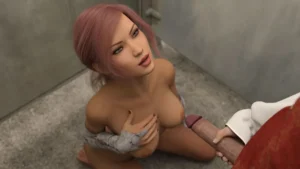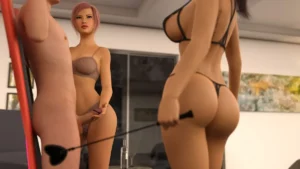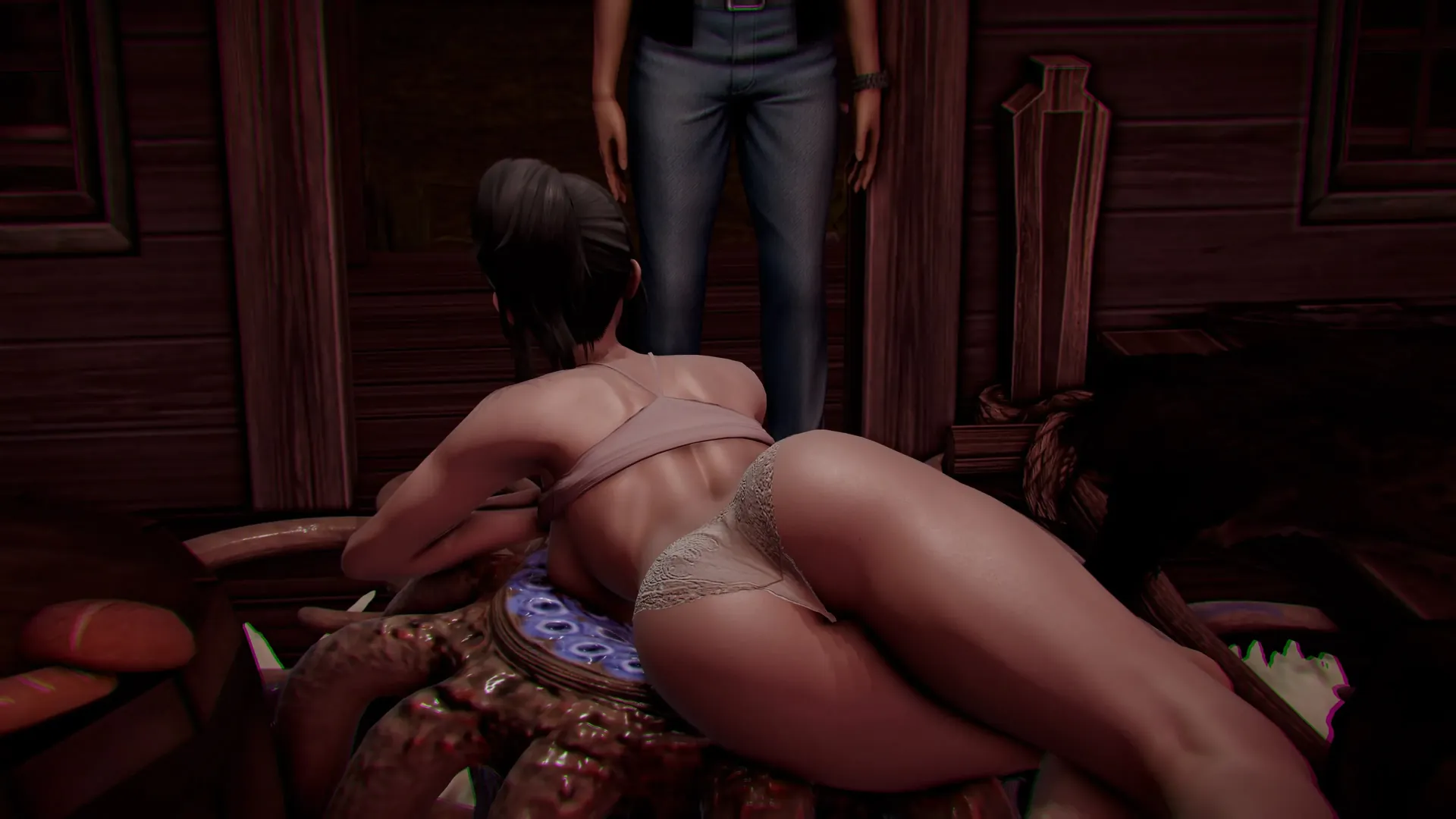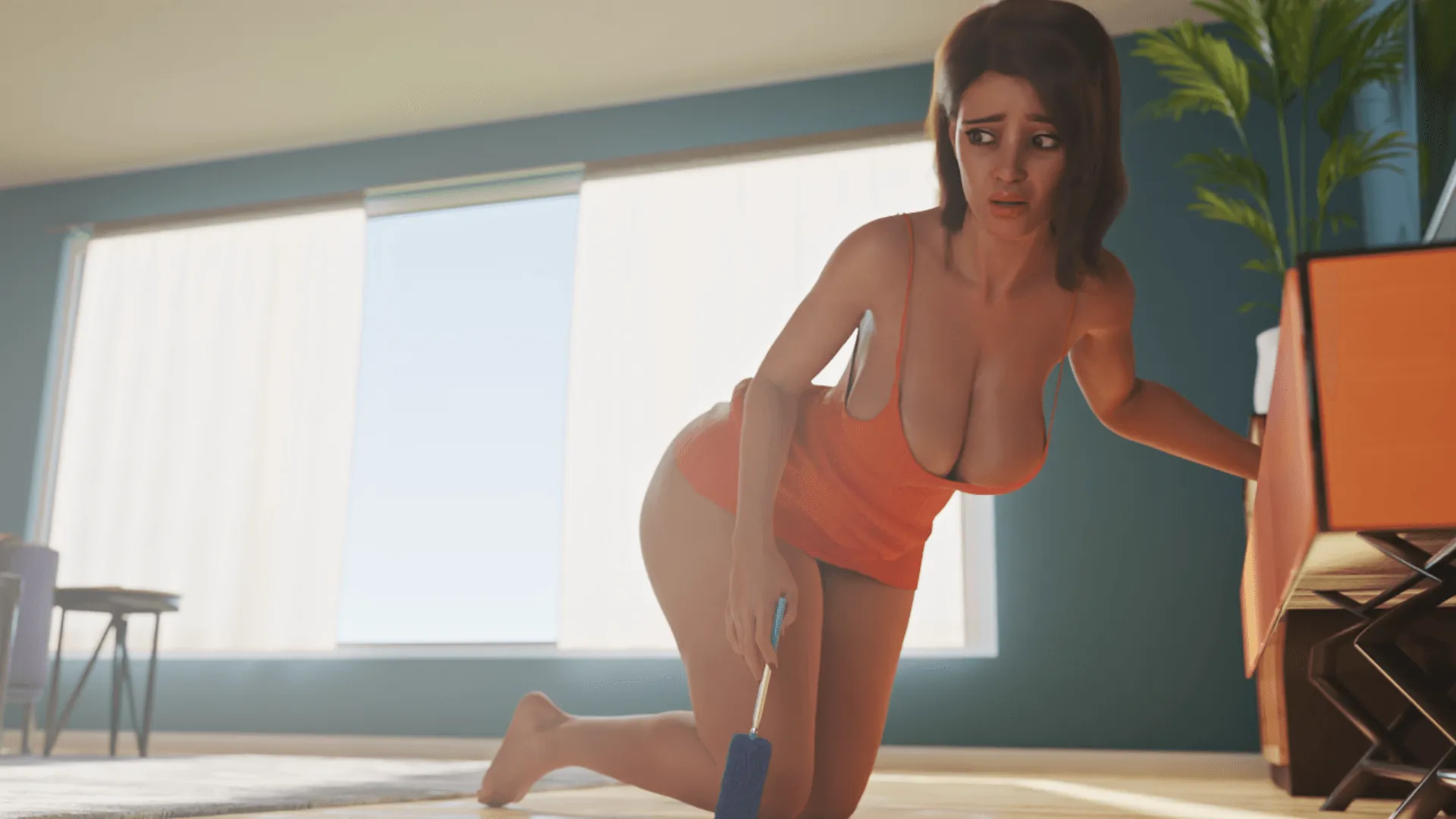
Play Returning to Mia
Returning to Mia review
Everything you need to know about the sequel to Summer with Mia
Returning to Mia stands as the highly anticipated sequel to the original Summer with Mia experience. Set two years after the events of the first installment, this continuation brings players back into a familiar world with expanded storylines, new characters, and deeper narrative complexity. Whether you’re a returning fan or new to the series, understanding what this game offers is essential. This guide explores everything from gameplay mechanics to story progression, helping you decide if this title matches your interests and expectations.
Understanding Returning to Mia: Story, Setting & Core Gameplay
Remember that summer two years ago? The one filled with beach days, budding romance, and the complicated story of Mia? 🏖️ If you thought that chapter was closed, think again. The Returning to Mia game is here, and it’s time to dive back into a narrative that has matured just as much as its characters. This isn’t just a simple follow-up; it’s a deeper, richer exploration of consequences and connection.
As a huge fan of the original, I was skeptical. Could a sequel truly capture the magic? Let me tell you, after spending hours immersed in this world, the Returning to Mia sequel doesn’t just recapture it—it expands upon it in nearly every way. This guide will walk you through everything you need to know about the story, the people in it, and how you interact with this compelling world. ✨
What Happens Two Years Later: The Story Setup
The Returning to Mia story picks up exactly where you’d expect: two years after the events of Summer with Mia. You’re no longer the same person you were during that fateful vacation, and neither is Mia. Life has moved on. You’ve been living separately, building your own lives, but the past has a way of pulling you back. A sudden, unforeseen event—or perhaps a lingering, unaddressed feeling—draws you together once more. 🔄
The core of this narrative is about second chances and unresolved history. The initial summer fling or romance has had time to breathe, and now you’re dealing with the aftermath. Was it real? What if you had made different choices? The game brilliantly plays on these questions, making the Returning to Mia narrative feel personal and weighty. Your previous actions, if you imported a save, are a ghost in the machine, subtly influencing character attitudes and opening or closing certain dialogue paths from the very beginning.
Pro Tip: Even if you haven’t played the original recently, the game does a fantastic job of giving you enough context to jump right in. However, for the most emotionally resonant experience, I highly recommend replaying Summer with Mia first. The payoff in recognizing small references is immense. 💡
What truly sets this sequel apart is the depth of the writing. The situations feel more grounded, the emotional stakes are higher, and the themes explored are more mature. This isn’t just a summer fantasy anymore; it’s about connecting with someone after time and distance have done their work.
To give you a clear picture of how much the scope has expanded, here’s a breakdown of the evolution from the original to this new chapter:
| Aspect | Summer with Mia | Returning to Mia |
|---|---|---|
| Timeline | A single summer vacation | Set two years later, dealing with the aftermath |
| Character Count | Focus on a core cast | Original cast + several new, integral characters |
| Story Depth | Coming-of-age romance | Complex narrative exploring maturity and consequence |
| Content Scope | Linear with key branches | Vastly expanded world with more locations and interactions |
New Characters and Returning Faces 🎭
One of the most exciting aspects of any sequel is seeing who returns and who is new. The Returning to Mia characters roster is a perfect blend of comforting familiarity and intriguing novelty. Let’s break it down.
The Returning Favorites 😊
Mia, of course, is the centerpiece. She’s older, visibly more mature, and her life has changed in ways you’ll discover. The dynamic between you and her is instantly different—more nuanced, sometimes awkward, but always charged with the history you share. The writing does an exceptional job of making her feel like a real person who has lived two years of life without you. Other beloved characters from the original also make their return, each with their own mini-arcs that show how they’ve grown. Seeing them again feels like catching up with old friends, and their presence grounds the Returning to Mia game in its established world.
The New Intrigues 🆕
This is where the Summer with Mia sequel truly shines. The game introduces several new characters who are not just filler; they are integral to the plot and your personal journey. You might find yourself forming new alliances, facing new rivals, or even exploring potential new romantic paths. These characters are designed to challenge your perspectives and create dynamic new story branches. I found myself just as invested in getting to know these new personalities as I was in reconnecting with the old ones, which is a testament to the strong writing.
The interplay between old and new creates a rich social tapestry. Your history with the original cast affects how new characters perceive you, and your relationships with new characters can, in turn, alter your standing with the old guard. This web of connections is a core part of the Returning to Mia gameplay and makes every interaction meaningful.
Gameplay Mechanics and Player Progression 🎮
If you’re familiar with the original, you’ll feel right at home with the Returning to Mia gameplay, but you’ll also notice significant refinements and expansions that elevate the entire experience. Built on the versatile RPG Maker foundation, the game uses this accessible framework to deliver a surprisingly deep and interactive narrative adventure.
Your Choices Truly Matter ⚖️
The core mechanic remains your ability to shape the story through dialogue choices and actions. However, the sequel implements a more sophisticated influence system. It’s not just about making Mia happy anymore. Your decisions now affect:
* Trust levels with multiple characters simultaneously.
* The unlocking of secret story paths and scenes.
* The long-term narrative direction, leading to significantly different endings.
I learned this the hard way. In one playthrough, I made what I thought was a harmless, sarcastic comment to a new character. It didn’t just affect my relationship with them; it later closed off a major story branch involving a returning character because word had gotten around. The game world feels alive and interconnected in a way that will have you thinking carefully before you speak.
Player Progression and Exploration 🗺️
The game world is substantially larger. You’re no longer confined to the summer vacation spots. You’ll have access to new locations, including urban environments and personal spaces like apartments, which adds a new layer of intimacy to the story.
A typical gameplay loop involves:
1. Exploring your environment for interactive elements and clues.
2. Conversing with characters to build relationships and gather information.
3. Making critical decisions at key story junctures.
4. Managing your time and resources to pursue the storylines you care about most.
The Returning to Mia sequel also features a more polished UI and inventory system, making it easier to track your goals and relationships. The game respects your time by offering clear objectives while still allowing for plenty of organic exploration and discovery.
A Note on Mature Storytelling 🔞
It’s important to address that the Returning to Mia game carries a mature rating. This isn’t just for the sake of it. The rating reflects the game’s willingness to tackle more complex and adult themes, such as dealing with the past, personal responsibility, and the complexities of adult relationships. The storytelling is more nuanced and, at times, more emotionally intense than the original. This maturity is woven into the fabric of the Returning to Mia narrative, making the victories feel more earned and the emotional moments more impactful.
Ultimately, the Returning to Mia gameplay is about giving you the tools to write your own version of this second-chance story. The RPG Maker engine might be simple on the surface, but it’s used here to create a powerfully immersive and personal experience. Whether you’re a veteran of the first game or a newcomer curious about the hype, the mechanics are intuitive enough to pick up but deep enough to reward careful, thoughtful play.
Frequently Asked Questions
Do I need to play the original Summer with Mia to enjoy this game?
While the Returning to Mia game is designed to be accessible to new players, I strongly recommend playing the original first. The emotional weight of the story, character histories, and many nuanced moments are built upon the foundation of the first game. Importing a save file also allows for a personalized experience that acknowledges your past choices.
What happens to the original characters from Summer with Mia?
All the core original characters return, and they have all experienced growth and change over the two-year gap. Their lives have moved forward, and a big part of the story is reconnecting with them, discovering how they’ve changed, and navigating your renewed relationships. They are not static; they have their own ongoing stories that intersect with yours.
How does the two-year timeline work in the story?
The story is set two years after the original summer. This gap is a core plot point. It allows for significant character development and creates a scenario where past events are remembered and reflected upon with the clarity (or confusion) that time brings. You’re dealing with the consequences of a past relationship, not starting one from scratch, which makes the dynamic entirely unique.
Returning to Mia represents a meaningful evolution in the series, delivering a richer narrative experience with expanded character development and improved gameplay mechanics compared to its predecessor. The game successfully builds upon the foundation established by Summer with Mia while introducing fresh storylines and new characters that deepen the overall experience. Whether you’re returning to the series or discovering it for the first time, understanding the game’s story setup, distinctive features, and how to maximize your playthrough ensures you get the most from your experience. The sequel demonstrates clear development progress and commitment to delivering quality content for players interested in narrative-driven experiences. If you’re considering diving into Returning to Mia, take time to explore the resources available, understand the content themes, and approach the game with awareness of what it offers. Your journey back into this world promises an engaging experience with meaningful choices and character interactions that will keep you invested throughout your playthrough.




















